Friends, the short Spring Festival holiday just zipped past, and I bet most of you, like me, are still basking in the joy of family reunions and daily feasts.

Today is the first day back at work. My friends are gradually returning to their jobs, starting another year of hard work, but I noticed something surprising while scrolling through my social media. There is a city still joyfully celebrating the New Year with no sign of stopping. The festivities continue until after the Lantern Festival, making me, a humble wordsmith, incredibly envious.

Let’s reveal the answer: it’s Putian, Fujian.
Honestly, Fujian is brimming with tourist resources. Compared to the newly famous Quanzhou, the artistic representative Xiamen, or the tea sanctuary Wuyishan nestled between mountains and rivers, Putian seems like an unnoticed entity. If I didn’t mention it, not many might pay attention to it.

When people think of Putian, they often think of its shoe industry and healthcare sector. However, looking at a city through colored glasses can make you miss out on its treasures.
In the course of its historical development, Putian has preserved its long-standing folk customs. Diverse popular beliefs, sustained by continued worship, have been passed down to today.

Putian’s unique “New Year” culture deserves a proper introduction. While our New Year has ended and everyone is back at work, this city’s festive New Year atmosphere is just beginning.

Kicking off with the “Tail-Tooth Feast” on the 16th of the last lunar month of the previous year and closing with the pill-grabbing event in the Si Hua Village, the lively vibes of the Spring Festival and Lantern Festival last for a total of 46 days.

While people on Weibo complain about the fading New Year spirit, Putian residents engage in a myriad of activities, such as walking on fire pits, climbing knife ladders, and playing with iron balls. Each household showcases its own special performances, making you reluctant to go back to work.
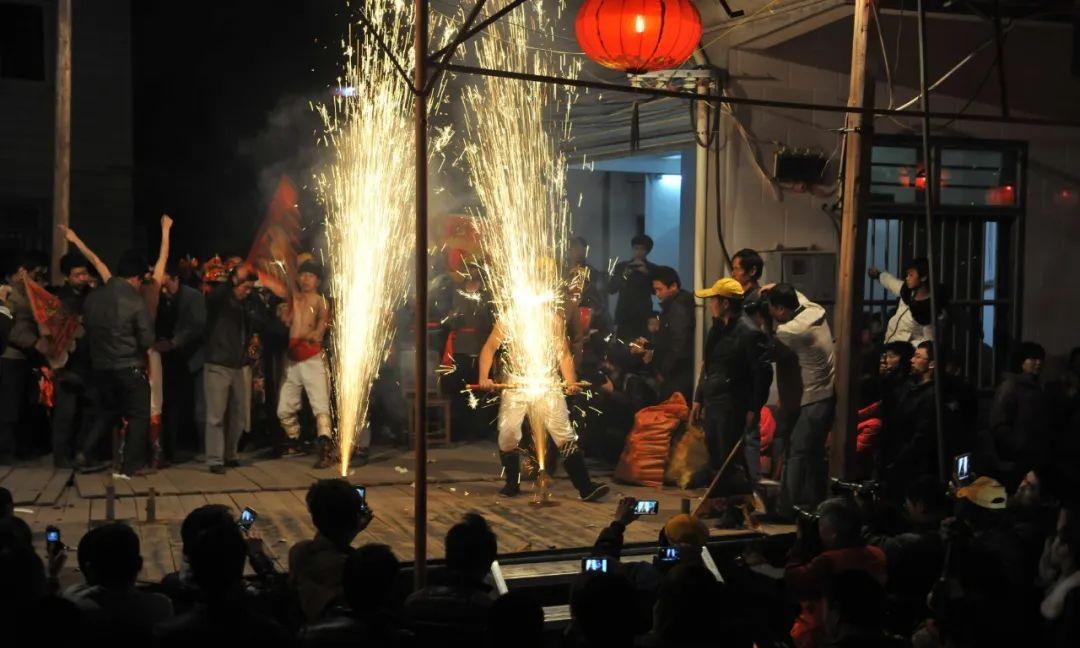

This shouldn’t come as a surprise since Putian is one of the gathering and spreading points for “the Eight Clans who moved to Min during the Southern migration.” Colorful traditional customs are inevitable here.
Geographically speaking, this little city is nestled between mountains and the sea. The mountainous areas, plains, and the ocean collectively offer a plethora of delicacies, such as seafood noodles, Danzi noodles, and soybean fried dishes. We previously explored its culinary gems, making it a little culinary genius rivaling Quanzhou.

During the New Year, there are countless treats like wheat cakes, red cakes, oyster patties, steamed bowl cakes, golden cakes, and soft cakes. Every family’s New Year’s Eve banquet is lavish and warm.
Today’s article is all about Putian’s New Year celebrations. Even though the New Year may have ended for most people, for Putian, it’s just getting started.

First, how can you get to Putian?

Putian has four train stations: Xianyou Station, Putian East Station, Hanjiang Station, and Putian Station.
Putian Station accommodates trains, high-speed trains, and bullet trains. Hanjiang Station and Xianyou Station only serve bullet trains. Putian East Station is for cargo trains only. Putian Station is in Shizhen, Hanjiang Station is in Jiangkou Town, Putian East Station is on the north coast of Meizhou Bay, and Xianyou Station is in Fengting Town.
Since each village has different activities, you can choose the station nearest to the village. Upon arrival in Putian, you can also rent a car directly.
Experiencing Two New Years
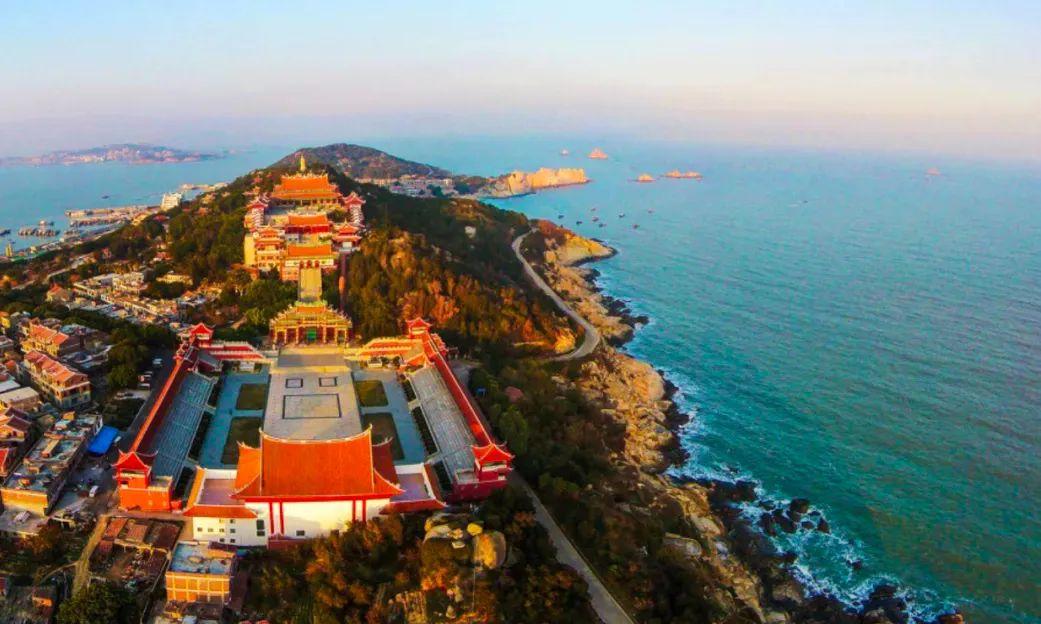
Putian’s Spring Festival: Truly Remarkable!
Looking across the entire country, Putian can be considered the region that celebrates “New Year” in the most extravagant way. If you are among those who lament that the festive atmosphere of the new year is waning, I would recommend you come to Putian to find some answers.
Tracing back in history, Putian residents have been adept at celebrating the New Year since the Ming Dynasty.
Locals celebrate the New Year twice (both on New Year’s Eve and the fourth night of the first lunar month). This means they have two grand feasts, and the celebration on the fourth night is just as grand and important as New Year’s Eve, as if they are celebrating New Year’s all over again.
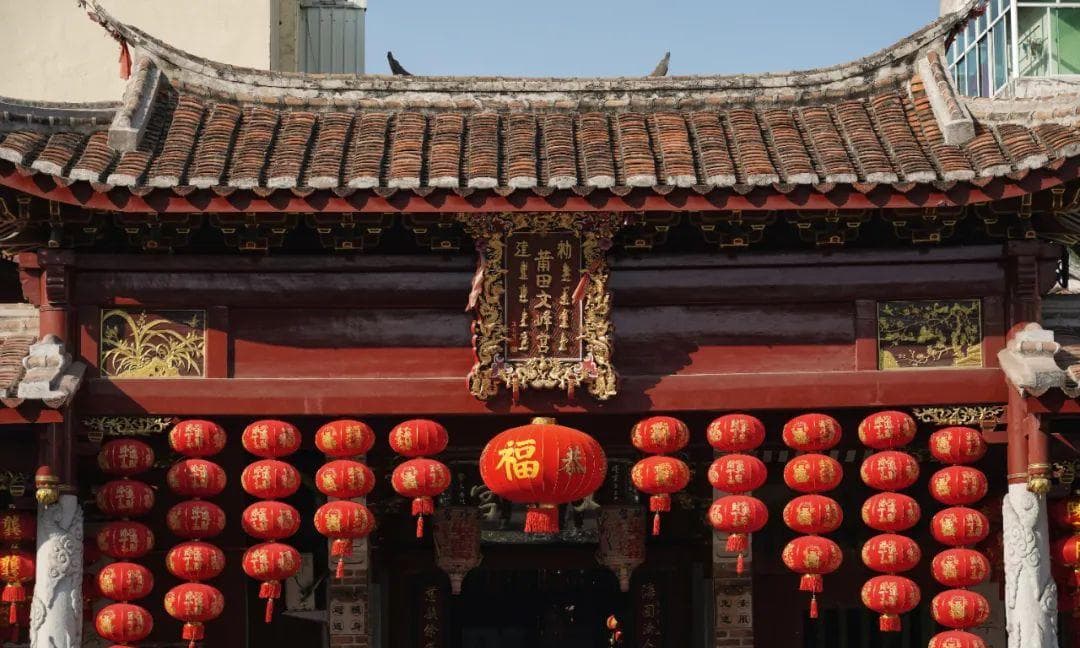
There’s an interesting historical tidbit worth sharing here. In the 41st year of the Jiajing Emperor’s reign, pirates raided Putian, causing widespread death and destruction until they were defeated by Qi Jiajun’s troops on the first day of the following lunar new year. Since many families had fled and couldn’t celebrate the New Year, they decided to make up for it on the fourth night.
To commemorate this painful history, people refer to New Year’s Eve as “Little New Year’s Eve” and the fourth night of the lunar month as “Big New Year’s Eve.” This unique way of celebrating the New Year makes Putian arguably the only place in the country with such a custom, and the practice of holding grand celebrations for these occasions has even been listed as an intangible cultural heritage.
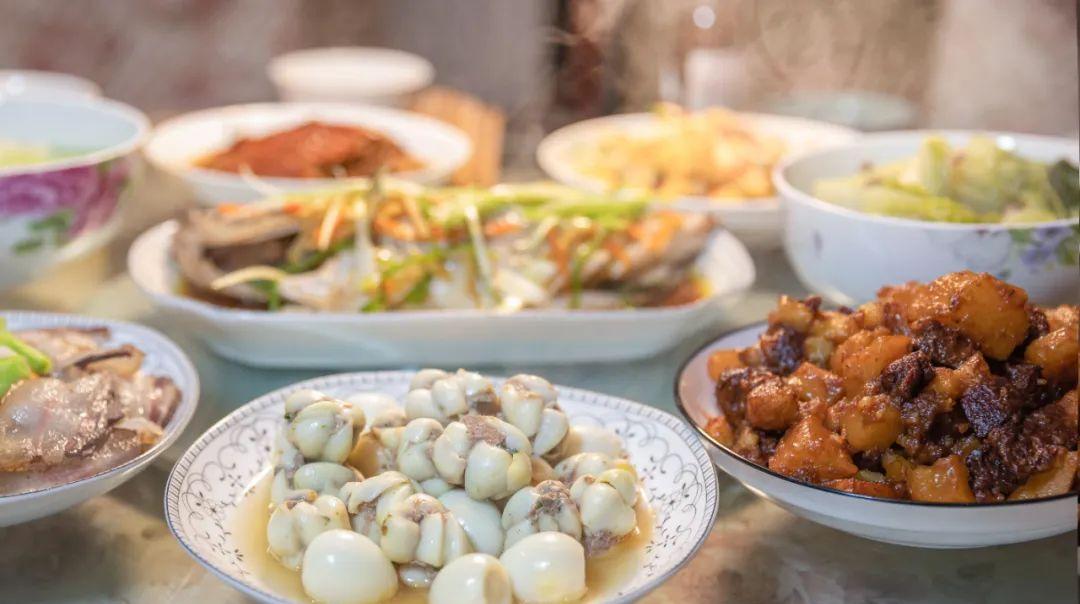
Furthermore, Putian people are very particular about their New Year celebrations. “Gathering around the stove on New Year’s Eve, holding grand celebrations on the fourth night, red couplets with white headers, avoiding family visits on the second day of the lunar new year”—these are part of Putian’s unique five-day New Year customs.
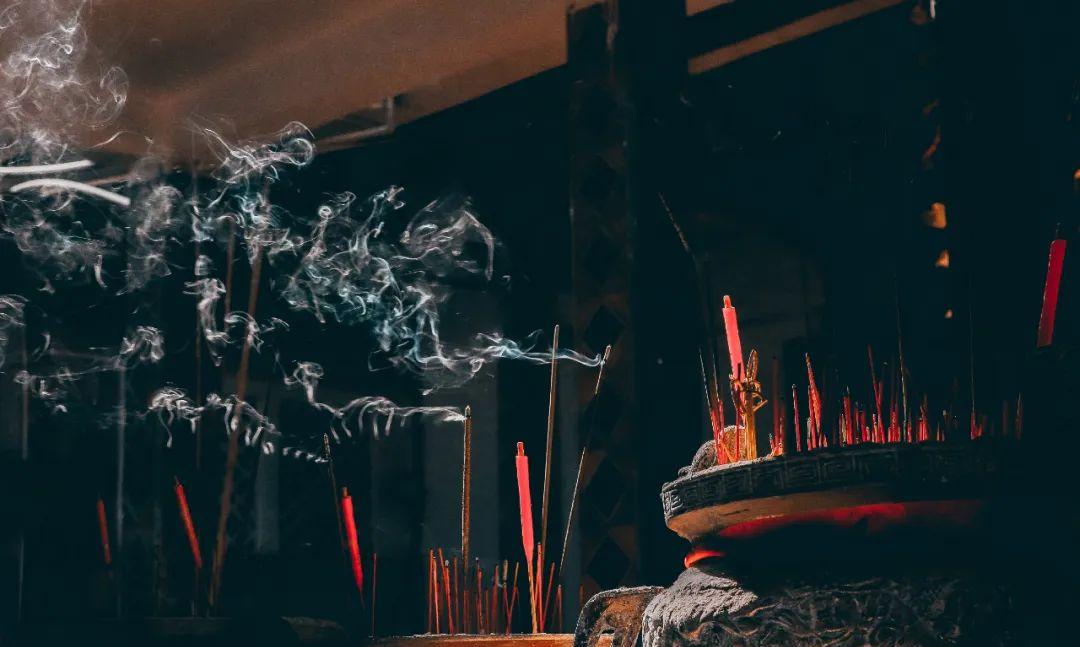
I was quite amazed when I first heard these traditions. Who would’ve thought that such customs are still passed down from generation to generation in Fujian?
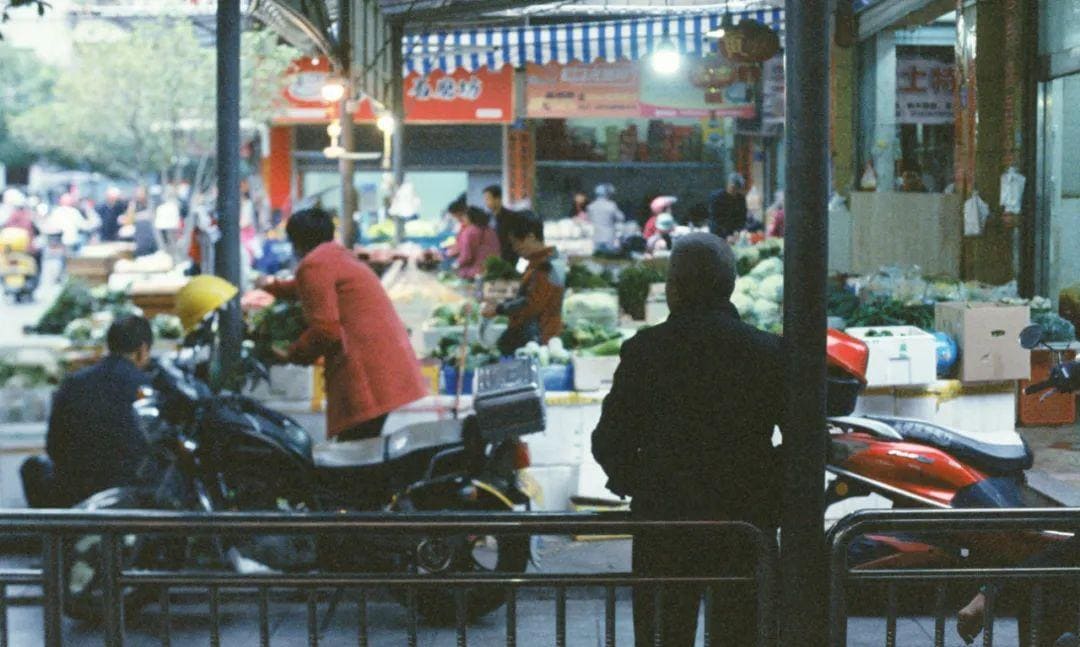
According to ancient customs, the door couplets used by Putian people during the New Year are “white-headed couplets,” a special type of couplets with a strip of white paper on red paper, which is rarely seen nationwide. This also relates to the historical pain of survivors reflecting on the invasion by pirates during the Ming Dynasty.
For instance, on the night before New Year’s Eve, every household sets up a table of offerings to prepare for the “farewell to the old year” ceremony after midnight (marking the arrival of New Year’s Eve). In Putian, New Year’s Eve is called “Doing the Year” or “Thirty Nights,” where the entire family gathers for the New Year’s Eve dinner, known as “Gathering Around the Stove,” with each term carrying specific meanings.

Moreover, almost every day during the New Year period has specific rituals or activities. For instance, in my hometown Taiyuan, we eat dumplings on the morning of the first day of the lunar new year. In Putian, the first thing on the morning of the first day is to open the door and set off firecrackers, followed by eating a bowl of noodles, symbolizing “growing a year older.”
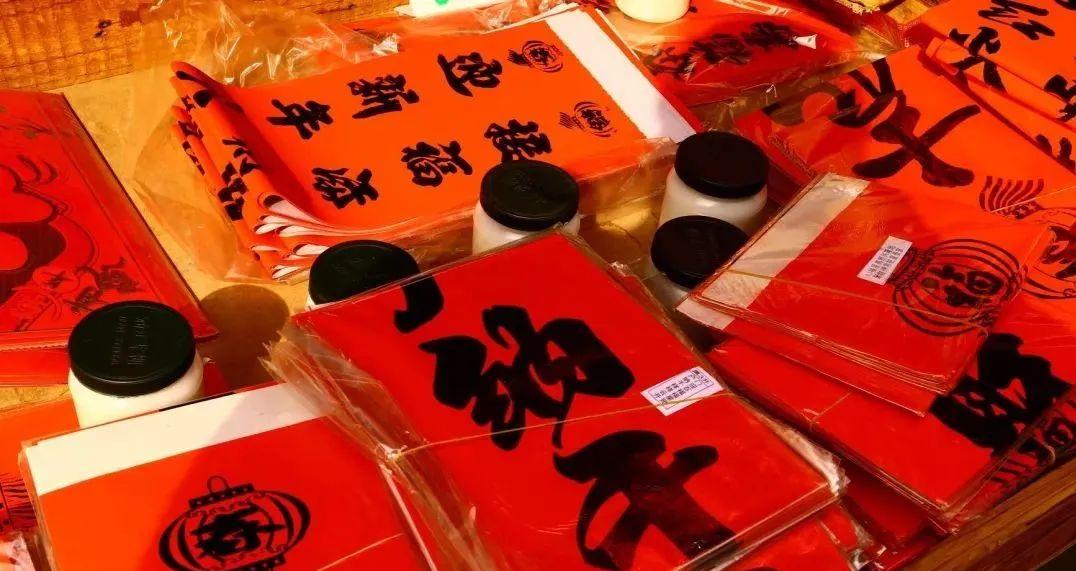
The second day, due to past pirate invasions, has become a day for those who fled to mourn their deceased relatives. It is referred to as “Visitation Day.” On this day, there are no celebrations or visits, making it the best day for friends to meet outside or to pray and make offerings…
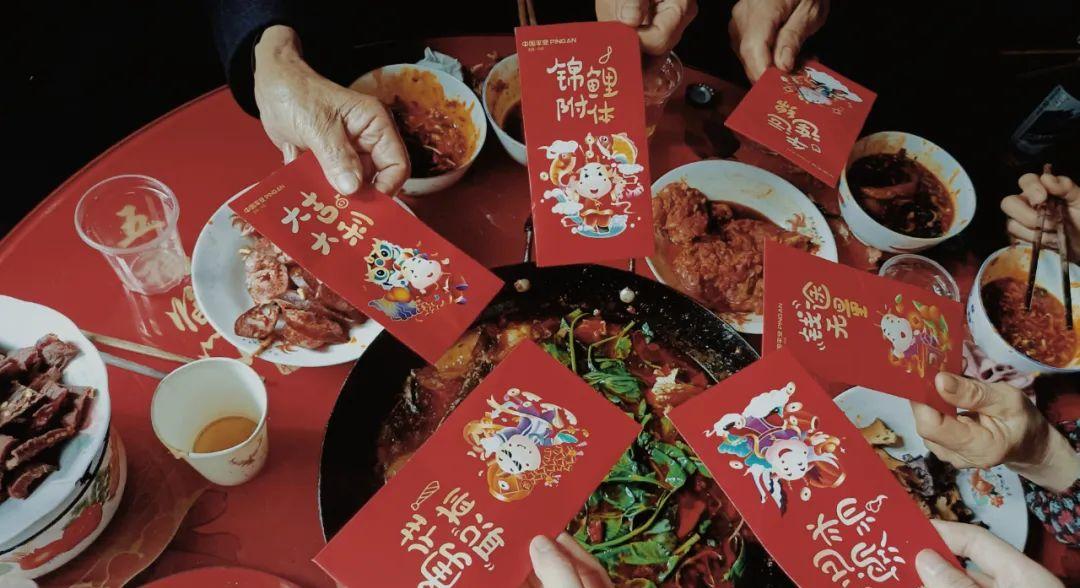
The timeline for celebrations extends all the way to the second day of the second lunar month, only then bringing the New Year celebrations to a close.
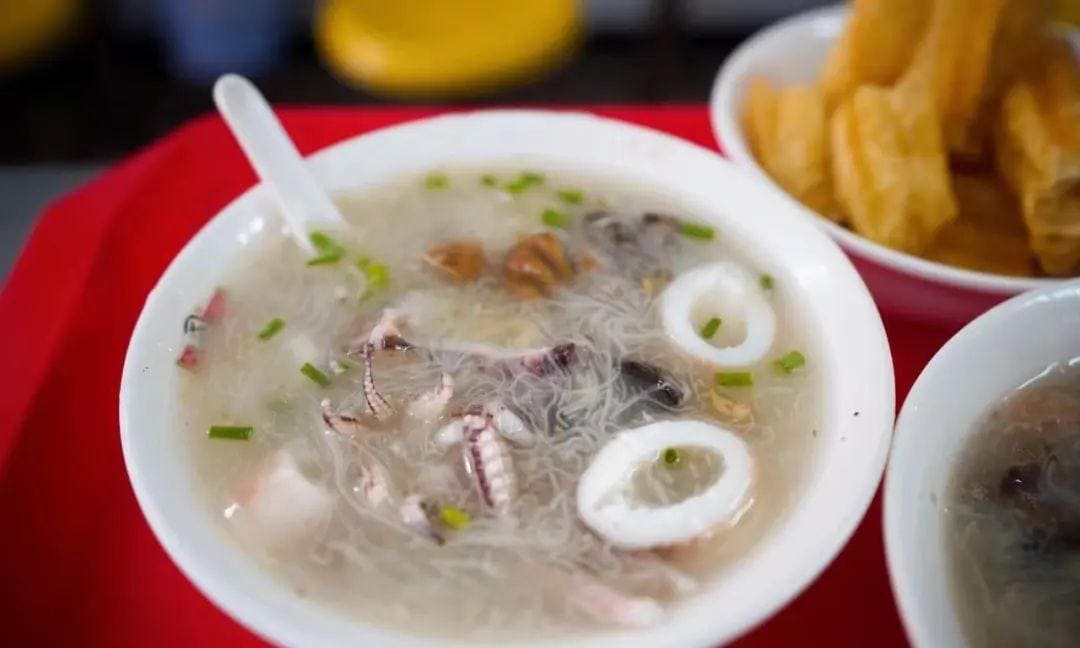
A Varied and Exciting Lantern Festival
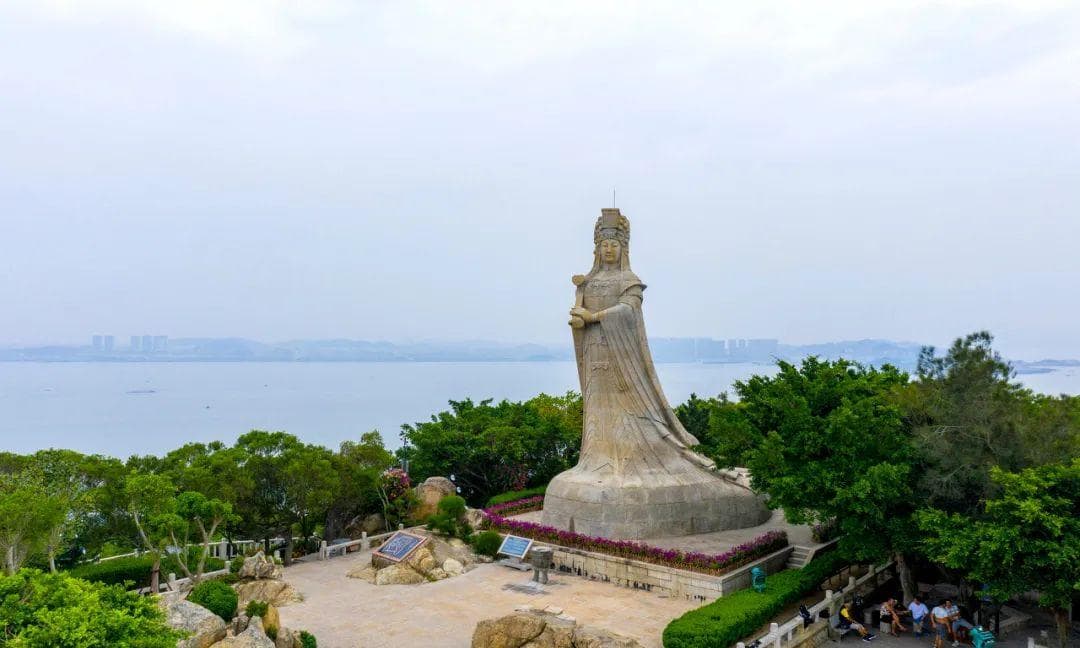

Putian people truly know how to celebrate!
As I mentioned earlier, the New Year celebrations in Putian last for 46 days, with a large portion dedicated to celebrating the Lantern Festival. Locals call it the “Folk Carnival,” starting from the third day of the lunar new year and continuing until the second day of the second lunar month.
During this period, various villages in Putian hold different kinds of Lantern Festival activities, such as climbing knife ladders, performing ritual dances, and playing with molten iron flowers, with each village having its unique customs.
I’ve also compiled the latest 2023 Lantern Festival activities. If you’re interested, feel free to refer to them.


Climbing Knife Ladders
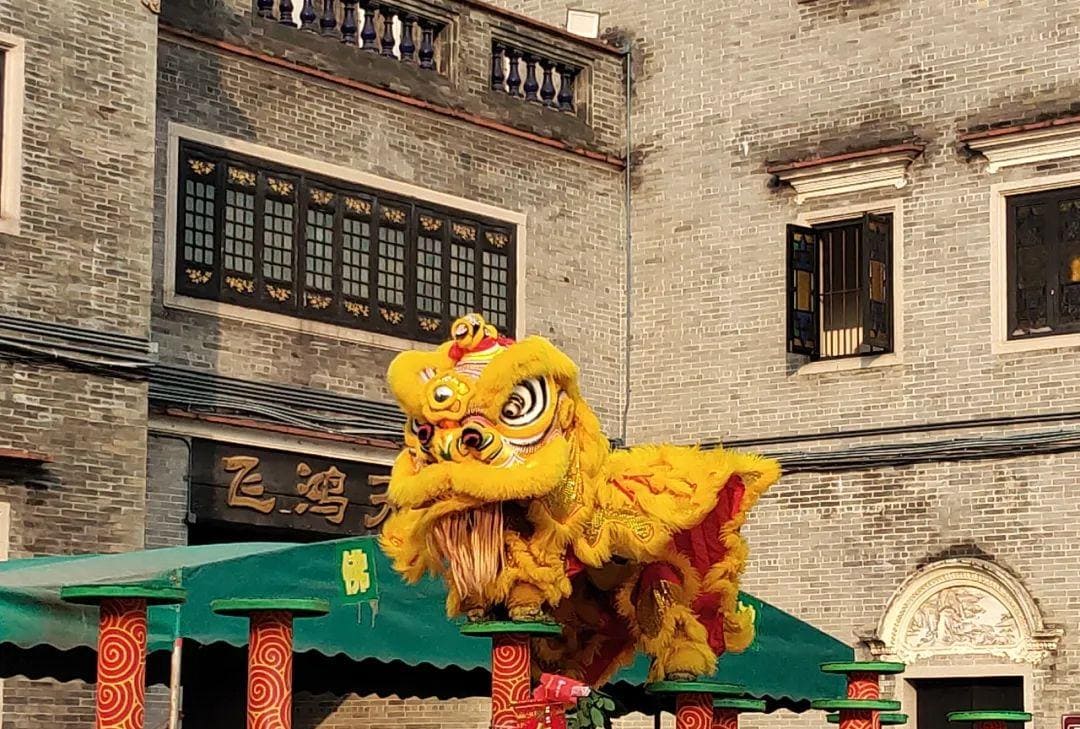
Address: Puxi Village, Northern Shore
Date: The Nineteenth Day of the First Lunar Month
In Puxi Village, Northern Shore, the “Knife Ladder Climb” is quite famous. This tradition is actually tied to the history of resisting Japanese pirates. During the Jiajing era of the Ming dynasty, Japanese pirates frequently invaded the coastal areas of Putian. Over 1,200 soldiers stationed in Puxi ancient city defended the city for more than 50 days. Therefore, the locals use the unique practice of climbing a knife ladder to commemorate the brave and fearless spirit of resisting the invaders.
@PuxianWeb
The locals refer to the people who climb the knife ladder as “Tongshen.” Before climbing, they first step on a knife sedan and lean their backs against the sharp blades, then parade around with the Lantern Festival procession. After the parade, they climb the knife ladder barefoot. The most captivating part is when the “Tongshen” throw copper coins, and everyone scrambles to grab them, creating a particularly lively scene.
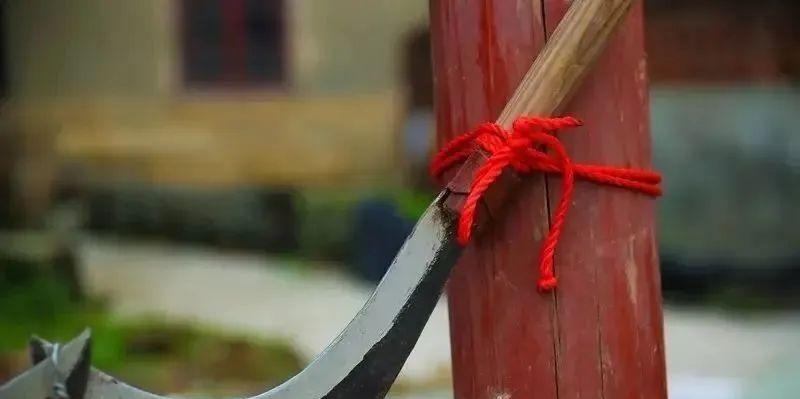
Puxi ancient city is now open to the public. It is one of the three major ancient cities in Fujian known for resisting invasions.
Within the city, there is a pristine cross-shaped bluestone street, a City God Temple, and ancient city walls over 120 zhang (400 meters) long, all well-preserved. If you are interested in history, it is highly recommended to visit.
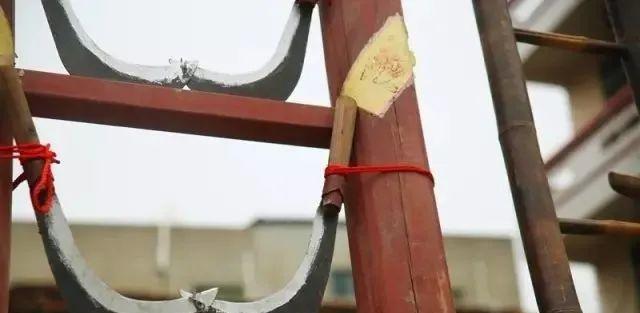
Zhaoli Dance
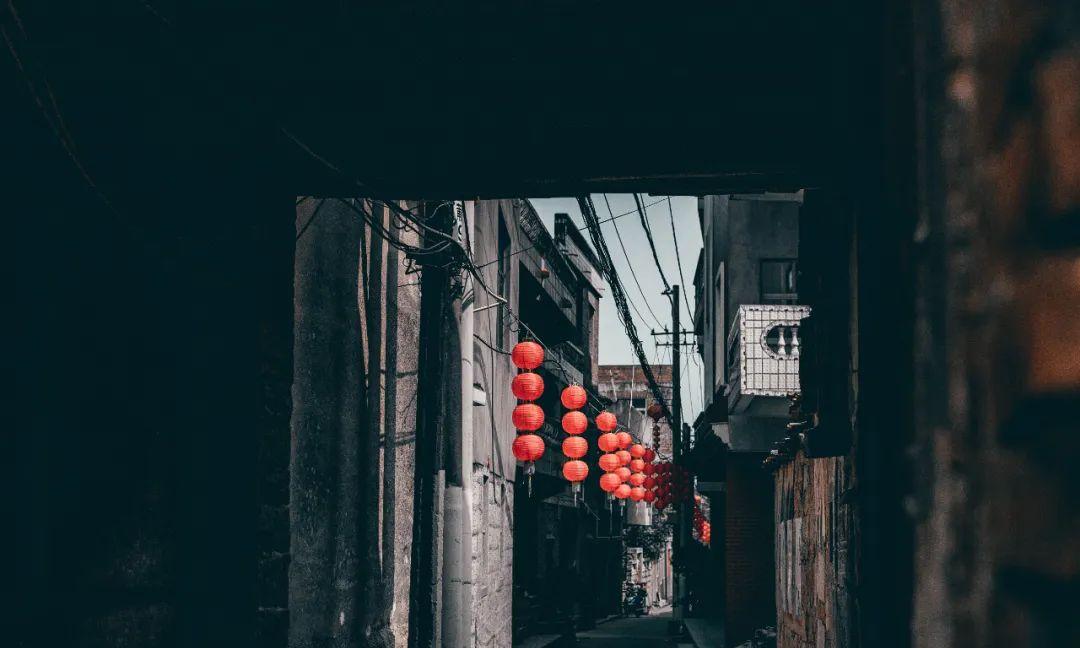
Address: Qishan Village, Fengting Town, Xianyou County
Date: The Twentieth Day of the First Lunar Month
There are many folk customs in southern Fujian, more than one can fully learn even after several years of living there. The Zhaoli Dance in Xianyou once again opened a new world for me.
I did some extra research and learned that the Zhaoli Dance originated from the “Nuo Dance” of the Western Han dynasty. It is a folk dance meant to exorcise evil spirits and has been prevalent since the Qing dynasty. It is now listed among the provincial-level intangible cultural heritage representative projects.
The attire is quite primitive, with dancers wearing colorful strips on their heads and dressed in black tops and red pants, with ferocious faces, looking somewhat intimidating. The dance movements are also rather wild and unrestrained.

Every year during the Lantern Festival, Qishan Village holds a grand parade with thousands of participants, which is quite spectacular.

Nearby attractions include the Xianyou Confucian Temple, one of the four remaining county-level Confucian temples in Fujian, and Jichuan Ancient Village, a Han dynasty village with over 2,000 years of history, also recognized as a national historic village.
Sand Flower Dance
Address: Jindun Village, Xindu Town, Licheng District
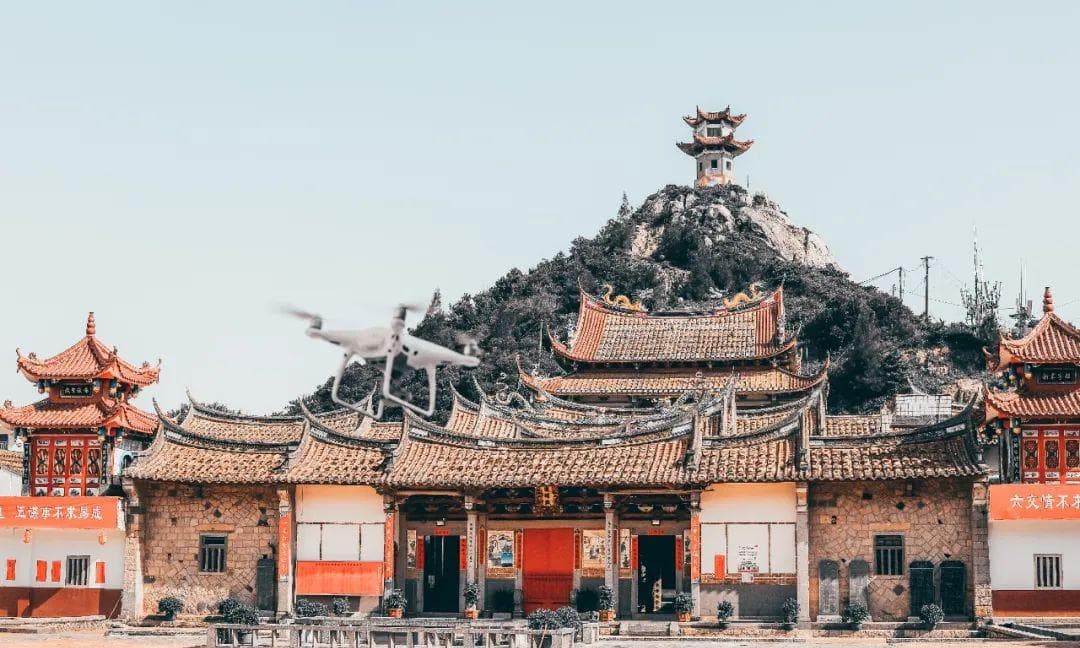
Date: The Twelfth Day of the First Lunar Month
The folk activity I most want to see is the Sand Flower Dance, topping my list. It has been passed down since the mid-Ming dynasty for over 400 years and was designated as a provincial-level intangible cultural heritage in 2011.
Watching this performance, where “fire trees and silver flowers light up the night,” live is bound to start the new year on a spectacular note.
To witness the spectacle of sandflower forging, you can go directly to Jindun Village. This village, known as the “Hometown of Casting” since the Kangxi period, saw its residents inspired by the sight of molten iron creating fiery blossoms upon impact with softened sand iron.

Not only does sandflower forging require great skill, but timing is also crucial, generally scheduled between 10 PM and midnight.
Amidst the night, the deity welcoming procession begins its performance. Golden molten iron splashes from bamboo strips held by performers, creating bursts of golden flowers in the night sky. The scene is truly magnificent.
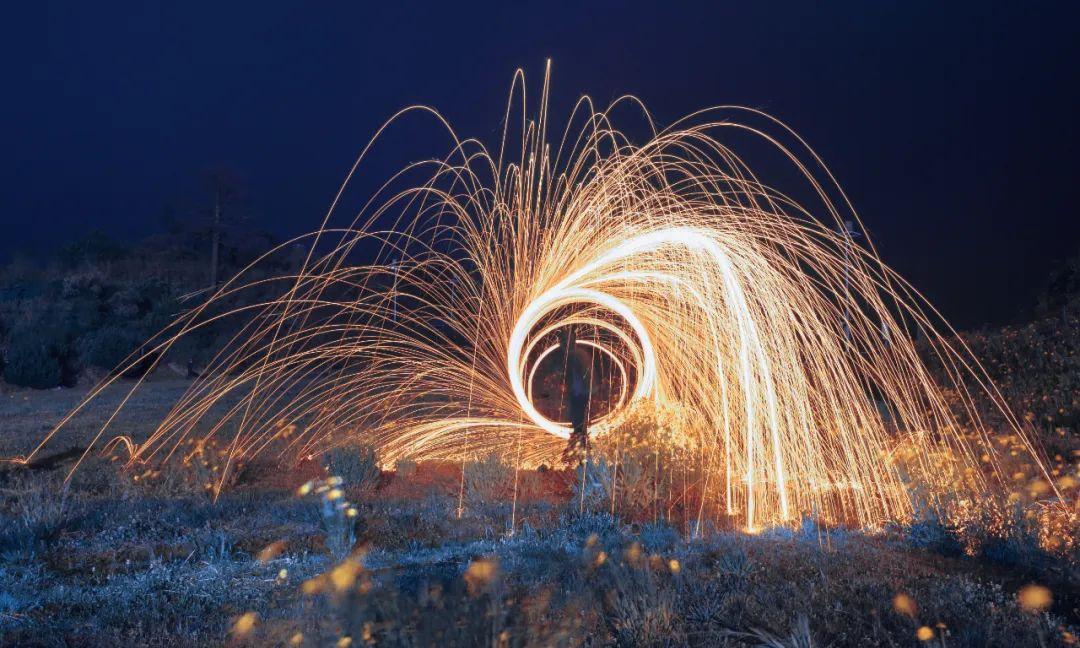
Banquet Lantern Display

Address: Quanshan Community, Bangtou Town, Xianyou County
Date: The thirteenth day of the first lunar month
Can you imagine? During the Lantern Festival celebrations in Putian, people mount numerous lanterns on benches, forming a grand parade. Each bench lantern is over three meters long, with six to eight lanterns on the bench surface, and the entire procession spans nearly ten miles.
Although I have not seen it firsthand, this animated picture already conveys its breathtaking grandeur.
In fact, this custom is also linked to resisting Japanese pirates. The grand display was intended to scare them away, and it eventually evolved into a unique tradition of Bangtou Town.
Iron Ball Striking in Sedan

Address: Zhenqian Village, Baitang Town, Hanjiang
Date: The twenty-fourth day of the first lunar month
I discovered that many Lantern Festival activities in Putian are related to warding off Japanese pirates, and iron ball striking in a sedan is one such activity. Every year on the twenty-fourth day of the first lunar month, thousands of people gather in Zhenqian Village, Baitang Town, Hanjiang, to witness “iron ball striking.”
This activity, dubbed by many as the wildest and most frenzied, attracts significant attention. On that day, a “possessed” person wields the divine presence in front of the temple. After the deity possesses them, they strip off their shirts, sit in a sedan decorated with knives, and continuously strike their bare backs with sharp iron balls along the route.
However, it’s said that immediately after the striking, a special incense ash is applied to alleviate the pain.

Bean Ball Snatching
Address: Sihua Village, Chengxiang District
Date: The first day of the second lunar month
This is the latest Lantern Festival celebration in the country. Just look at the date; it’s already well into February. While most workers have already been at their jobs for over half a month, the people of Putian are still celebrating.
The Lantern Festival tradition of “Bean Ball Snatching” in Sihua Village has a history of three hundred years. Unlike the previous activities, bean ball snatching seems more suitable for broader participation.
The bean balls are prepared in advance, and when cooked, food coloring is specially added. Once taken out of the pot, they turn red and are packed in red bags. On a given signal, the referee throws the beans into the air, and everyone gathers together, scrambling to catch them, believing they are grabbing a year’s worth of luck and good fortune.
I have briefly listed some of the representative activities, but the actual Lunar New Year activities in Putian are far more than these; each village has its unique events. For this year’s Lantern Festival activities, you can refer to this picture.

A dazzling array of snacks

Unlocking the flavors of the New Year on Putian’s dining table
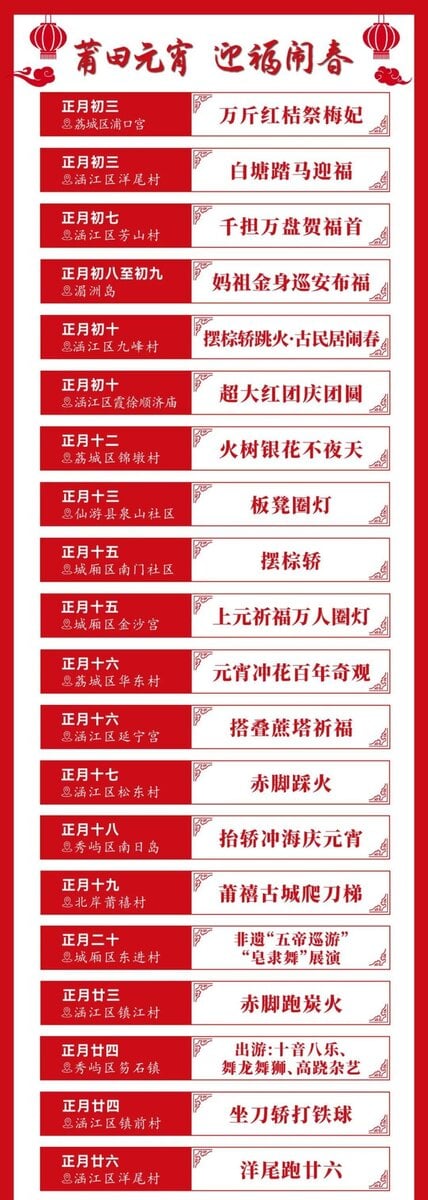
Image: @WanderingPutian
With mountains on one side and the sea on the other, the advantageous geographical position provides the people of Putian with a rich variety of crops and seafood. Known for their diligence and love for culinary exploration, Putian people put significant effort into their dining and cooking. Here are some must-eats when spending the New Year in Putian.
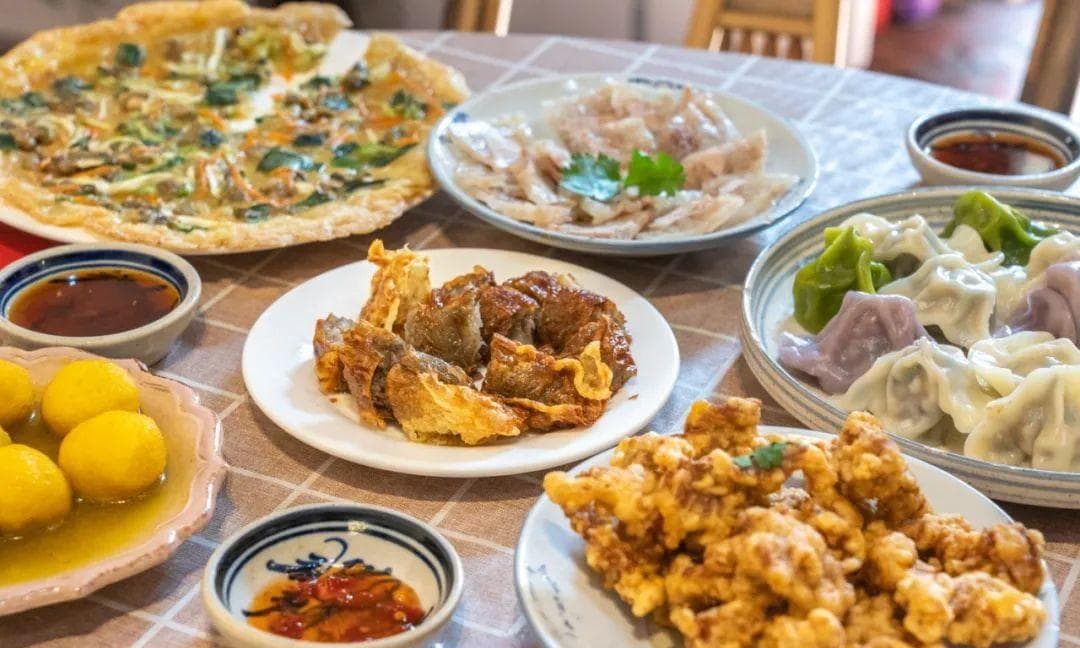
Putian Braised Noodles
Recommended Restaurant📍 Uncle Lu Braised Noodles
Address: No. 6-7, Phase 1, Hao Pu Resettlement Housing, Nan Jiao, Xi Hong Road
Hours: Opens at 11:00 AM
When in Putian, you must try the Putian Braised Noodles. During my school days in Quanzhou, I was particularly fond of these noodles and would often wander through alleys just to have a bowl. The long, thin noodles are tender and smooth, offering a delightful chewy texture.
The ingredients in braised noodles are also quite rich, including various meats, seafood, and vegetables, all infused with the aroma of the noodles. As soon as a large bowl is served, it instantly whets your appetite—such is the charm of Putian Braised Noodles.
Another distinguishing feature of Putian noodles is their freshness; no extra seasonings are added, relying solely on natural ingredients to win you over.
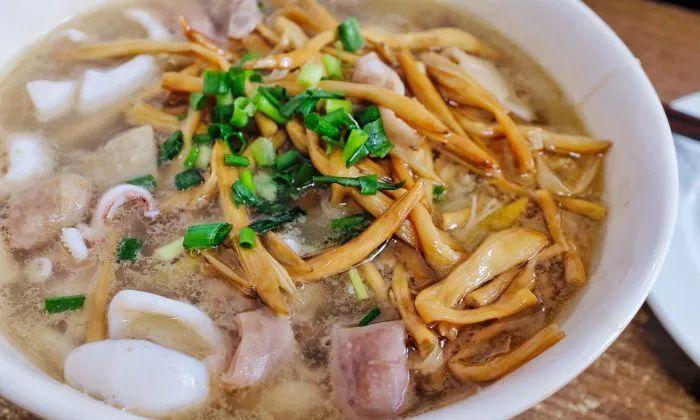
With a seafood broth base paired with noodles, this dish is especially appealing for someone like me, who, growing older, has come to favor lighter flavors. Putian Braised Noodles immediately capture my heart.

Putian Spicy Pork

Recommended Restaurant📍 Dongmendou Awen Spicy Pork
Address: No. 109, Nan Jie 821
Hours: Opens at 7:00 AM
In Putian, the New Year’s dining table wouldn’t be complete without this dish—Spicy Pork.
“Spicy” is a common cooking method in Putian, usually involving coating the ingredients with sweet potato starch and then simmering them to create a thick, flavorful broth. Both red meats and seafood are commonly prepared using this “spicy” method.
The main ingredient is pork tenderloin, supplemented with various seasonings. The dish not only has a delicate texture but also offers a delectable flavor.
Especially in winter, a bowl of steaming hot “qiang rou” (flash-boiled pork) brings immense comfort to the stomach. The place I recommend is Dongmen Dou Awun Qiang Rou Shop, an establishment that has been in business for over 50 years.


This shop exclusively sells qiang rou soup, making it a specialty store epitomizing “freshness” and “tenderness.”
Stewed Tofu

Recommended restaurant: Lao Putian Snacks
Address: 20 meters west of the intersection of Canghou Road and Beidabei Street
Hours: 9:00-22:00
Stewed tofu is an indispensable dish in the New Year’s Eve dinner for the people of Putian. The word “腐” (tofu) has a homophone “福” (luck/blessing), symbolizing “praying for blessing” and “headstart of good fortune.”
The main ingredient for stewed tofu is brine tofu, made from soybeans grown by the locals and prepared with brine. This method ensures that even if the tofu is broken up, it will still hold together in large pieces by the end of the cooking process.
Pork belly, razor clams, shiitake mushrooms, dried shrimp, and cabbages are added to the tofu, all stewed together until the ingredients blend, making the dish ready to eat.

It has a soft texture, and the tofu absorbs the subtle sweetness of seafood. Everyone is encouraged to try it.
Taste the Local New Year Flavors

In Putian, you must find a restaurant to taste authentic Putian cuisine. I recommend two restaurants.
Recommended restaurant: Firewood Stove
Address: 400 meters south of Goukoudianzhu Central Primary School, Chenggang Avenue, Xindu Town
Hours: 10:00-02:00
As the name suggests, this restaurant emanates a rustic charm, specializing in farmhouse dishes. It has been in business for over a decade and has been recognized as a “Municipal Intangible Cultural Heritage” by the Putian government.
@Tajv
Since its opening, it has always operated with an open kitchen for customers to choose dishes. While the original firewood stove has been replaced with a gas stove, the firewood stove is brought back into use during major festivals or for banquets.

@Yan Dong
Braised Tofu with Firewood is a dish you can only savor here; once you leave, there’s no way of finding it elsewhere. As previously introduced, this dish is unique with various types of seafood hidden within the braised tofu. A spoonful of the seafood-infused broth is simply brimming with flavor.

@Cody’s Second Sister
Recommended Restaurant📍Puxiang Flavor

Address: No. 345, Northwest Corner of Yanshou Middle Street and Fengmei Road Intersection
Hours: 09:30-13:00; 16:00-22:00
If you’re expecting a large crowd, Puxiang Flavor is worth a try. This restaurant is particularly suitable for family gatherings.
The restaurant primarily serves characteristic dishes from Putian. In addition, the menu blends influences from Sichuan, Hunan, and Cantonese cuisines, creating a variety of innovative “hybrid” dishes.
The top-ranked dish is the Salt-baked Free-range Chicken, made with farm-raised chickens from rural Putian. Marinated with ginger and cooking wine, the chicken is then salt-baked for 60 minutes with sea salt laid at the bottom of a clay pot. The result is glistening, aromatic chicken that is delectable even without dipping sauce.
Another must-order dish is Xinghua Stir-fried Rice Noodles.

In ancient times, Putian was known as “Xinghua.” The rice noodles here are stir-fried with a mix of seafood and vegetables, making them not only chewy and flavorful but also deeply satisfying.
另外,兴化炒米粉也是必点菜。

莆田在古时被称为“兴化”,米粉里依旧是加了各种海鲜和蔬菜,吃起来不仅干爽有嚼头,还特别回味。


